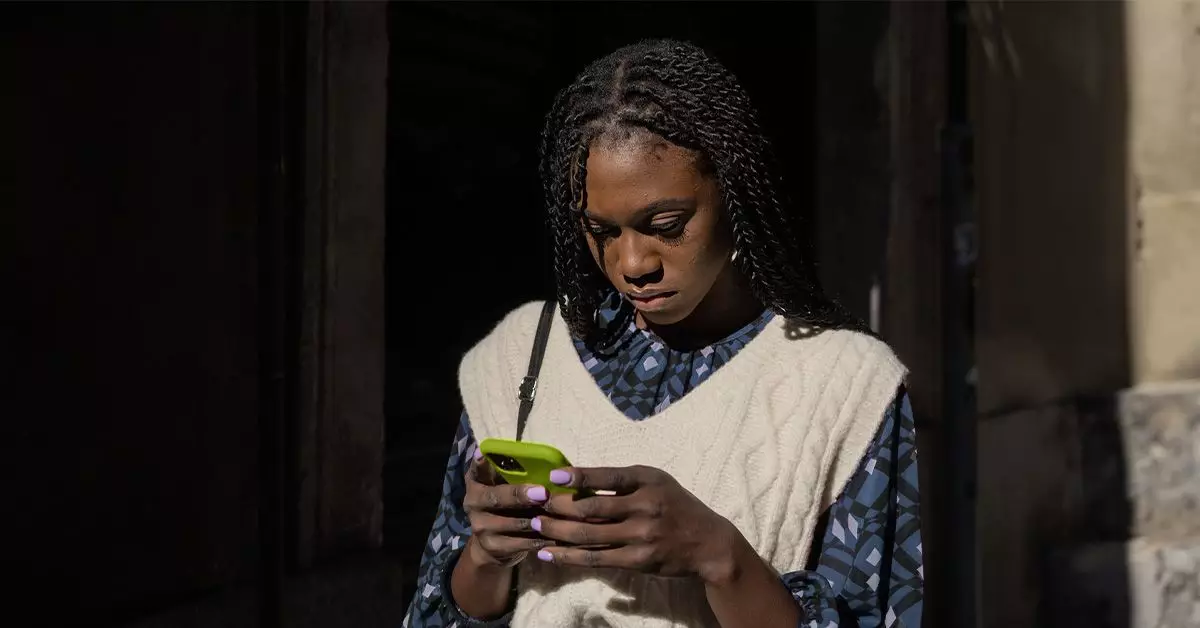Civil unrest serves as a reflection of societal discontent and manifests in various forms, ranging from peaceful protests to violent riots. Although the United Nations does not provide a concrete definition of civil unrest, it is generally understood to indicate collective actions that diverge from normative behaviors, typically arising in peaceful contexts. The motivations behind civil unrest can be multifaceted: activists may seek to draw attention to urgent social issues like climate change or advocate against oppressive government policies that marginalize groups, including the LGBTQIA+ community. Additionally, sometimes, these manifestations arise in reaction to specific incidents, such as tragic events or natural disasters, igniting passions and frustrations within communities.
Unfortunately, the ripple effects of such actions can lead to anxiety among residents in areas where unrest is either imminent or ongoing. Understanding how to navigate this potential turmoil becomes crucial for safety and psychological well-being.
Experiencing fear or anxiety in anticipation of civil unrest is entirely normal. This anxiety often stems from uncertainty and the perceived threats to one’s safety and environment. The Centers for Disease Control and Prevention (CDC) recognize that while occasional anxiety is a common response, persistent anxiety lasting over six months may indicate an anxiety disorder, warranting professional attention.
Such feelings can escalate rapidly, especially when disruptions draw closer. Engaging with constant media coverage can compound this anxiety, as news often highlights chaos and violence, stoking fears rather than providing clarity. Therefore, it is essential to manage one’s exposure to distressing information thoughtfully.
For those residing in potential hotspots of civil unrest, staying informed is paramount. Knowledge can empower individuals to react proactively rather than reactively. Local news channels, social media, and community alerts can provide vital updates regarding planned demonstrations or any signs of unrest brewing in one’s vicinity. By paying attention to credible sources of information, individuals can determine when to avoid specific areas or when to take additional precautions.
In parallel with awareness, preparedness can significantly mitigate feelings of vulnerability. Planning evacuation routes and familiarizing oneself with local emergency services allows individuals to act swiftly and confidently if the need arises. Additionally, creating a small emergency kit that includes first aid supplies can be an excellent step towards safeguarding oneself and loved ones during unpredictable times.
In the unpredictable landscape of civil unrest, circumstances can change rapidly. It is important to maintain situational awareness during these times. If caught in a crowd, staying low-profile and moving calmly with the flow of people can minimize confrontation. If possible, identifying alternative routes or safe shelter points can drastically improve one’s safety.
Moreover, staying close to family or friends can offer both emotional support and physical safety in crowds. By holding hands or linking arms, individuals can reduce the likelihood of separation, which can be disorienting during chaotic moments.
When tensions escalate and unrest becomes evident, knowing how to execute an exit plan is crucial. Remaining calm is essential; panicking can lead to rash decisions that may increase danger. Instead, observing the crowd’s dynamics and looking for safe openings to navigate away from the situation can help ensure personal safety.
If encountering police or emergency forces, maintaining calm and clarity is vital. Keeping hands visible can reassure authority figures and diminish the likelihood of misunderstanding.
Alongside practical preparedness, managing anxiety effectively plays an essential role. Taking short breaks from news coverage and engaging in relaxing activities—such as mindfulness exercises or physical activities—can help alleviate stress and reset one’s emotional state. Reaching out to loved ones for support also fosters a sense of community and reduces feelings of isolation.
Self-defense classes can also serve a dual purpose, enhancing personal safety while empowering individuals through skill-building, thereby reducing anxiety and instilling confidence in one’s ability to respond to challenging situations.
Civil unrest is an inevitable aspect of societal discourse, and while it can invoke anxiety, understanding the phenomenon and preparing accordingly can help individuals feel more secure. Staying informed, planning escape routes, practicing situational awareness, and managing anxiety are critical steps everyone can take to navigate the uncertainties that civil unrest may bring. If the weight of anxiety becomes too troubling, seeking professional guidance can provide the necessary support for individuals to reclaim their peace of mind. In a world ripe with unpredictability, being equipped both emotionally and physically is essential for fostering resilience.

